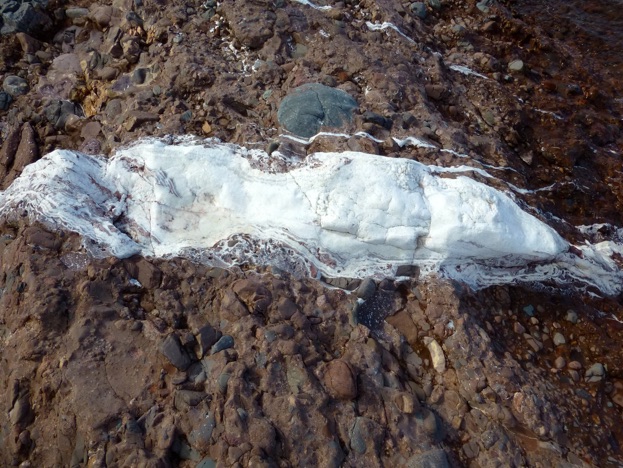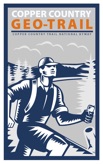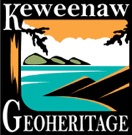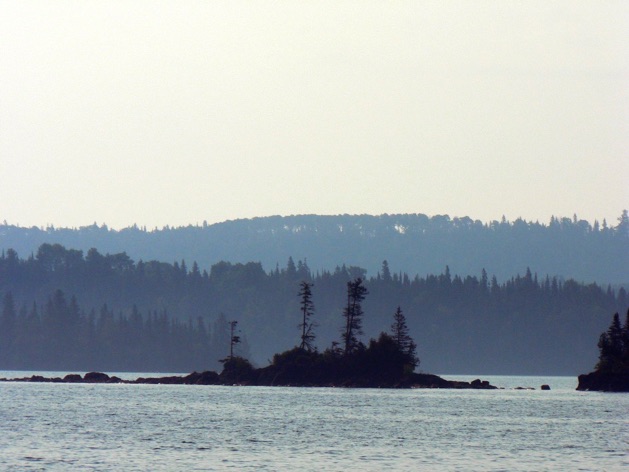
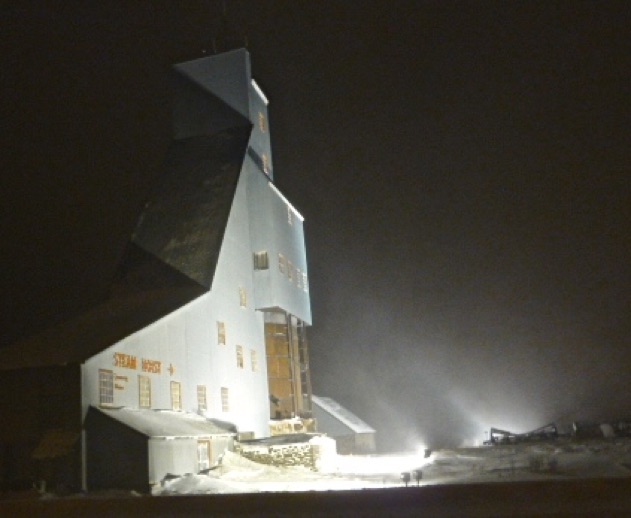






“Geoheritage” is a generic but descriptive term applied to sites or areas of geologic features with significant scientific, educational, cultural, or aesthetic value.
Scientifically and educationally significant geoheritage sites include those with textbook geologic features and landscapes, distinctive rock or mineral types, unique or unusual fossils, or other geologic characteristics that are significant to education and research. Culturally significant geoheritage sites are places where geologic features or landscapes played a role in cultural or historical events. Aesthetically significant geoheritage sites include landscapes that are visually appealing because of their geologic features or processes. Many geoheritage sites can be tourist destinations and provide local and regional economic benefits.”(Geological Society of America).
Geoheritage sites (Geosites)
“Geoheritage sites serve the public interest. Such sites are critical to advancing knowledge about natural hazards, groundwater supply, soil processes, climate and environmental changes, evolution of life, mineral and energy supplies, and other aspects of the nature and history of Earth. Such sites have high potential for scientific studies, use as outdoor classrooms, enhancing public understanding of science, recreational use, and economic support to local communities.
Geoheritage sites can be small but scientifically significant sites, such as a road cut, or named and managed sites of a few acres, such as Boiling Springs (a groundwater site of two acres in Cumberland County, Pennsylvania, USA). Geoheritage sites can also be extensive areas with international recognition, such as the Grand Canyon (Arizona, USA) and Yellowstone National Park (Wyoming, USA). Geoheritage sites may be on privately owned land, on land in public ownership ranging from municipalities to the federal government, or on land of mixed ownership. Large or small, and regardless of ownership, many are vulnerable to urbanization, infrastructure development, agriculture, over‐use, or erosion. Conservation strategies appropriate to the type of site and nature of ownership are important to protect geoheritage sites from loss and maintain them for the long‐term public interest. “ (Geological Society of America).
